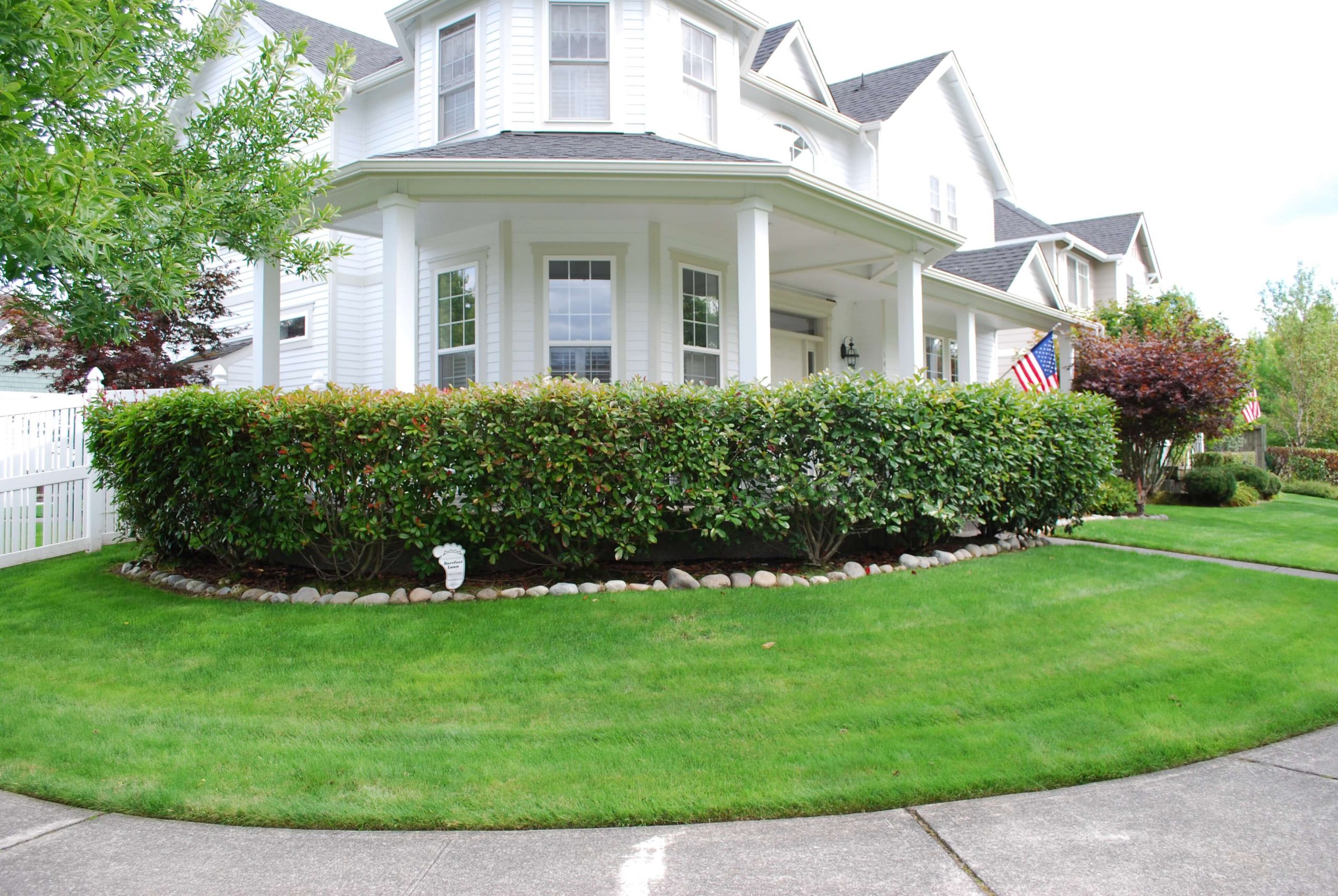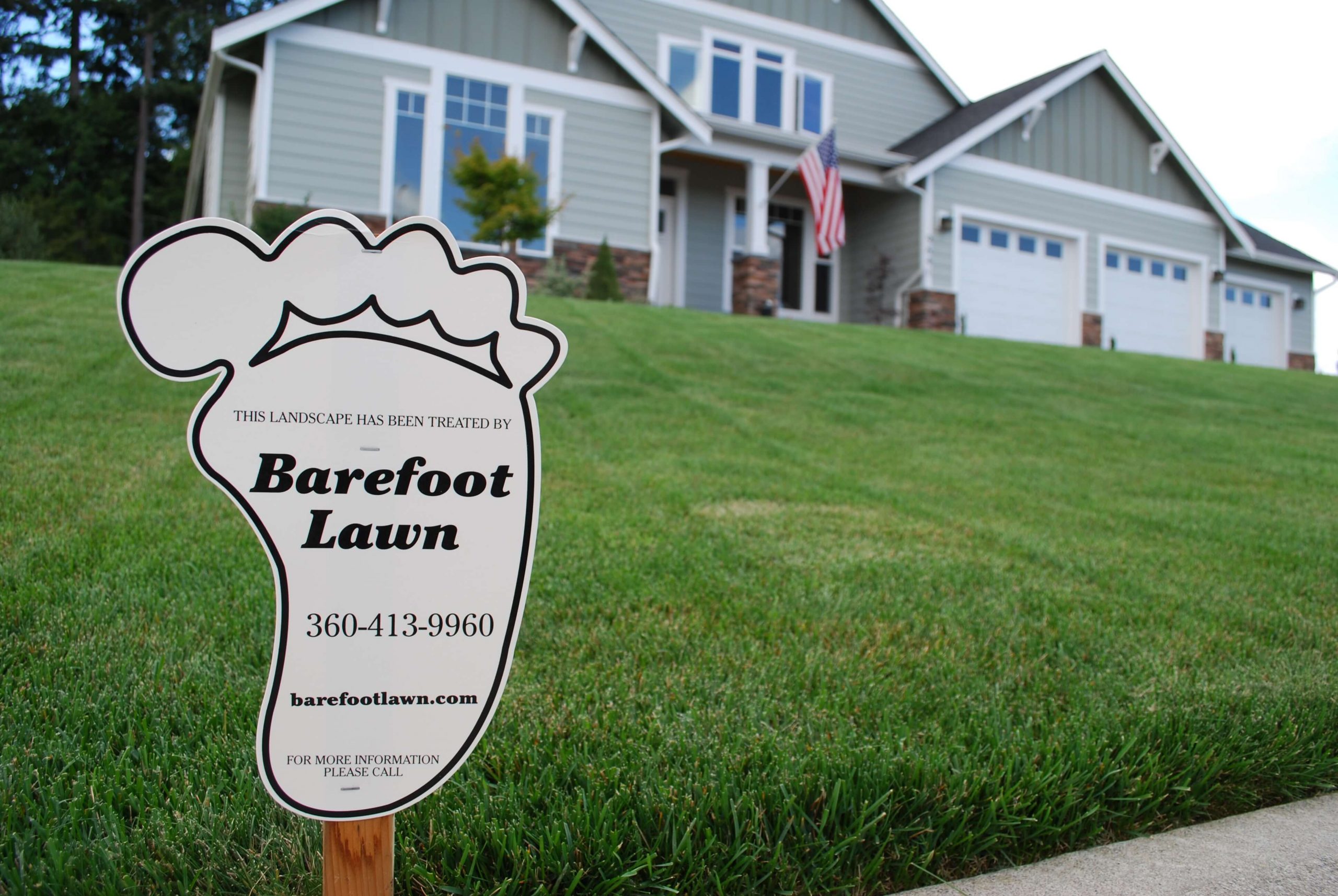Granular vs. Liquid Fertilizer
Granular fertilizer and liquid fertilizer both deliver nutrients to the grass plant and each application method can have advantages. Granular fertilizer generally has slow-release nitrogen properties. Urea granules are coated with sulfur or sprayed with a polymer coating to slow soil microbes from making the nitrogen available to the grass plant or slow the release of dissolved nitrogen through the imperfections in the poly coating. Liquid fertilizer can also have […]




